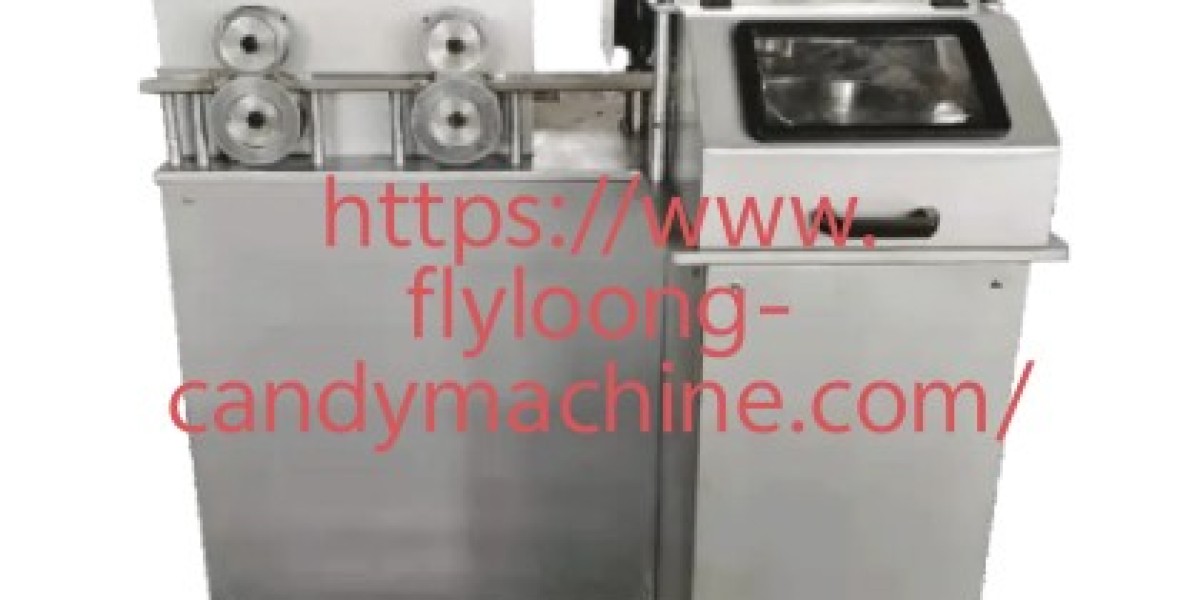Enhancing Candy Production with a Spoon Candy Machine
A spoon candy machine is a unique innovation in the confectionery industry, specifically designed for forming spoon-shaped candies that are both fun and functional. This specialized equipment plays an important role for manufacturers looking to add novelty to their product offerings and improve production efficiency for shaped candies.
The spoon candy machine automates the process of forming sugar-based mixtures into consistent spoon-like molds. These spoon-shaped candies are especially popular among children and are often used in promotional events, seasonal gifts, or themed packaging. The machine's precision ensures that every piece maintains a uniform size and shape, which is essential for quality control, packaging compatibility, and aesthetic presentation.
One of the machine’s strengths lies in its ability to deliver high output with minimal manual intervention. Traditional molding techniques for complex shapes can be labor-intensive and time-consuming, whereas a spoon candy machine automates forming, cutting, and sometimes even cooling, allowing manufacturers to scale production efficiently while maintaining consistent results. This level of automation also reduces operational errors and helps lower labor costs.
The machine is typically made from food-grade stainless steel, ensuring durability and easy maintenance. Its internal components are engineered to handle high temperatures and sticky materials, which are common in candy-making processes. The robust construction also contributes to a longer service life and consistent daily performance in demanding factory environments.
Operating the spoon candy machine does not require extensive technical knowledge. Most models are equipped with intuitive control panels that allow operators to adjust production parameters, such as speed, temperature, and mold configurations. This user-friendly interface makes it suitable for various production environments—from small candy workshops to medium-sized manufacturing facilities.
One of the key advantages of using a spoon candy machine is the flexibility it offers in product design. Manufacturers can produce candies in different sizes, thicknesses, and colors, depending on mold customization and ingredient selection. This makes it easy to meet diverse consumer preferences and market demands. Additionally, some machines allow for quick mold changeovers, enabling a smooth transition between product batches without significant downtime.
From a food safety perspective, the spoon candy machine is designed to comply with industry hygiene standards. Its smooth surfaces, detachable parts, and simple cleaning procedures help prevent residue buildup and cross-contamination, which is vital when switching between flavors or candy recipes.
Furthermore, the spoon candy machine is capable of working with various sugar types and flavoring agents. Whether producing fruity, minty, or chocolate-infused spoon candies, the machine can be adjusted to accommodate different textures and mixtures. This versatility allows confectionery producers to diversify their product lines and appeal to a broader customer base.
Another advantage lies in its reliability during extended production periods. With proper maintenance and routine inspections, the spoon candy machine can deliver stable and efficient output. Replacement parts are usually straightforward to install, reducing downtime during maintenance intervals.
As shaped candy continues to attract consumers looking for unique treats, the spoon candy machine has become a valuable tool for innovation in the candy market. Its ability to combine creativity with production reliability makes it an essential investment for confectionery businesses aiming to stay competitive and meet evolving market trends.
In conclusion, the spoon candy machine offers a combination of creative design capabilities, efficient production, and ease of use. It provides a solid foundation for manufacturers looking to introduce spoon-shaped candies into their product range while maintaining quality, consistency, and cost-effectiveness.








